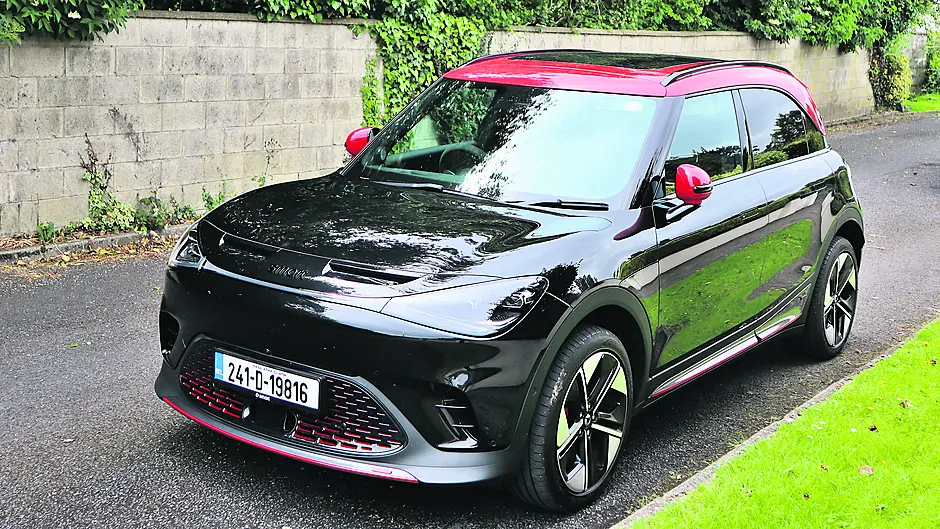BY BRIAN BYRNE
IT’S 30 years since the Smart car brand was founded as a joint venture between the Swiss company that made the Swatch watch, and Daimler-Benz. The watch company’s chief executive Nicolas Hayek believed there was a need for a small and stylish city car that could be marketed in the same way as the successful timepieces.
Development costs needing extra investment meant that shortly after the first Smart model was rolled out in 1994, the German carmaker had acquired 100% of the shareholding. And though the diminutive 2- and 4-seater vehicles sold in significant numbers in Europe and other markets with high city populations, Daimler lost money on each and every sale.






